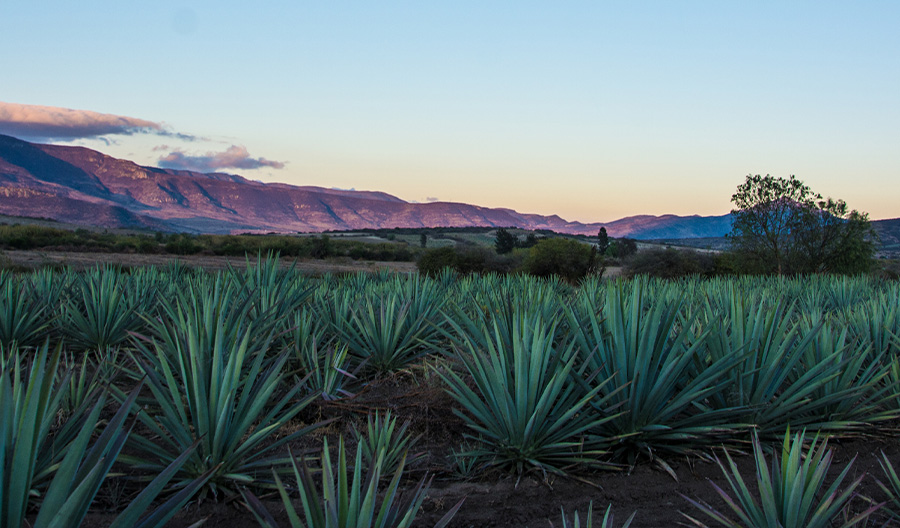For those who already enjoy tequila and mezcal (and even those who don’t), there’s more in the agave universe to explore. Bartenders and other experts highlight four spirits that have long been part of Mexico’s rich drinks culture and may offer new experiences for spirits lovers.


Technically, Bacanora is also a type of mezcal. Think of it as how Scotch and rye are types of whiskey.
But Bacanora has its own unique history. It began thousands of years ago as a fermented agave beverage made by the indigenous people of the Sonoran Desert in Mexico’s northern region.
When Spanish colonizers arrived in the 1500s, they brought European stills. The process to make Bacanora transformed gradually into ancestral styles of mezcal production, with agave piñas roasted in earthen pits, crushed with hatchets or giant wooden mallets, fermented using wild yeast, and then distilled.
But production of Bacanora was banned in the early 1900s, in tandem with U.S. Prohibition-era restrictions. It wasn’t legalized again until 1992. Eight years later, Bacanora was granted its own DO designation.
Because production was long illegal, the craft was quietly passed from generation to generation, and many stills that remain in use today were cobbled together from materials ranging from steel oil drums to repurposed car parts.
Bacanora is made from a single variety of agave, Sonora’s native yaquina, or Angustifolia agave. This gives it a distinctive character. Some describe the flavor as peppery, earthy or vegetal. But what really differentiates Bacanora is its texture. It’s like Cognac versus [other] brandies. It’s more silky or creamy than regular mezcal.
Among those who know, it’s also become a popular addition to cocktails.
Not technically an agave spirit, this is made from the “desert spoon” plant, also called Dasylirion or sotol, which is related more closely to an evergreen shrub than agave. Until recently, sotol was considered part of Mexico’s extended family of agave distillates, and many still think of it as agave adjacent, so it’s grandfathered into the category.
Visually, the two plants are very similar. Sotol was even miscategorized as an agave until DNA testing came along to tell us that in fact, they’re just very similar-looking.
The spirit is made the same way as mezcal and other agave liquors. It’s roasted in an underground pit, then milled, fermented and distilled. From a sustainability perspective, though, sotol has an advantage. Unlike agave, where you need to dig up the root and replant the field, [desert spoon] would just regrow.
In Mexico, sotol is made in Durango, Chihuahua and Coahuilia. Production was widespread among Spanish colonists during the mid-16th century. It’s been used by indigenous peoples in religious ceremonies, as well as a medicinal remedy for centuries.
Sotol’s flavor tends to be bright and grassy, although it can have musky, earthy or vegetal characteristics. The spirit’s evergreen roots can impart a crisp, clean, piney quality.
A hardy plant, desert spoon thrives in both desert and forest climates. It can grow as far north as Arizona, New Mexico and Texas. In recent years, a handful of Texas-made sotols have sprouted.

